Common Name(s): Monkey puzzle, Chilean pine
Scientific Name: Araucaria araucana
Distribution: Chile and Argentina; also planted as an ornamental tree
Tree Size: 65-115 ft (20-35 m) tall,
3-5 ft (1-1.5 m) trunk diameter
Average Dried Weight: 33.4 lbs/ft3 (535 kg/m3)
Specific Gravity (Basic, 12% MC): 0.46, .54
Janka Hardness: 400 lbf (1780 N)
Modulus of Rupture: 13961 lbf/in2 (96.3 MPa)
Elastic Modulus: 1678000 lbf/in2 (11.57 GPa)
Crushing Strength: 6261 lbf/in2 (43.2 MPa)
Shrinkage: Radial: 5.0%, Tangential: 6.9%,
Volumetric: 10.9%, T/R Ratio: 1.4
Color/Appearance: Heartwood is light brown, sometimes with a yellow or red hue. Paler sapwood isn’t clearly defined. Sometimes afflicted with blue/gray fungal staining, particularly if not dried properly. (In certain applications this staining is considered decorative, particularly when the wood also features contrasting reddish knots.)
Grain/Texture: Grain is usually straight, with a fine to medium uniform texture. Moderate natural luster.
Rot Resistance: Rated as non-durable to perishable; poor insect resistance. Also susceptible to fungal staining.
Workability: Clear sections of wood are easy to work with hand and machine tools. Sections with knots can be problematic and result in tearout or uneven sanding due to the difference in density of the two regions. Glues, finishes, and turns well.
Odor: No characteristic odor.
Allergies/Toxicity: Although severe reactions are quite uncommon, wood in the Araucaria genus has been reported to cause skin irritation. See the articles Wood Allergies and Toxicity and Wood Dust Safety for more information.
Pricing/Availability: International trade in monkey puzzle is highly restricted, with no trees being harvested from its natural range. Occasional blanks are available from downed ornamental trees planted outside its natural range. Expect prices to be moderately high for a domestic softwood.
Sustainability: This wood species is in CITES Appendix I (including finished wood products), and is on the IUCN Red List. It is listed as endangered due to having a natural area of occupancy of less than 500 square kilometers (less than 193 square miles), and the IUCN also estimates that the area is also severely fragmented and declining.
Common Uses: Furniture, plywood, paper (pulpwood), turned objects, and small specialty wood items.
Comments: So named from early seeds brought to the UK and grown as ornamental trees, which caused initial observers to remark that the spiny branches would be a puzzle for a monkey to climb.
The national tree of Chile, monkey puzzle is sometimes referred to as Chilean pine, though it’s not technically a true pine in the Pinus genus, which is essentially restricted to the northern hemisphere. However, monkey puzzle is a member of the Araucaria genus, which could be considered a southern hemisphere counterpart to the Pinus genus.
In addition to the normal wood, tight knots from long-dead Araucaria trees are collected from the forest floors in Brazil. Called clavos de pino, or pine nails, these small, conical wood chunks feature vibrant reddish orange color, and have a recorded density of up to 74.3 lbs/ft3 (1,190 kg/m3). They are usually burned as firewood, or sometimes used for small ornamental projects or turnings.
Images: Drag the slider up/down to toggle between raw and finished wood.
Drag the slider up/down to toggle between raw and finished wood. A special thanks to Steve Earis for providing the turned image of this wood species, and Angel Sampedro del Rio for providing the photos of clavo de pino (pine nails) of this wood species.
Identification: See the article on Softwood Anatomy for definitions of endgrain features.
Resin canals: absent
Tracheid diameter: medium-large
Earlywood to latewood transition: gradual
Grain contrast: low
Parenchyma: none
Lookalikes/Substitutes: Parana pine (Araucaria angustifolia) is a closely related species also found in South America. While not foolproof, Parana pine can sometimes be separated from monkey puzzle based on its reddish streaks, which are far less common in A. araucana. Additionally, while splinters from both woods burn to full ash, A. araucana splinters burn to a light gray to whitish-colored ash, while A. angustifolia burns to a dark gray to black-colored ash.
Notes: Most Araucaria and Agathis species are indistinguishable on the basis of macroscopic wood anatomy.
Related Content:

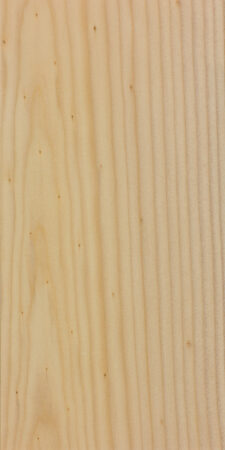
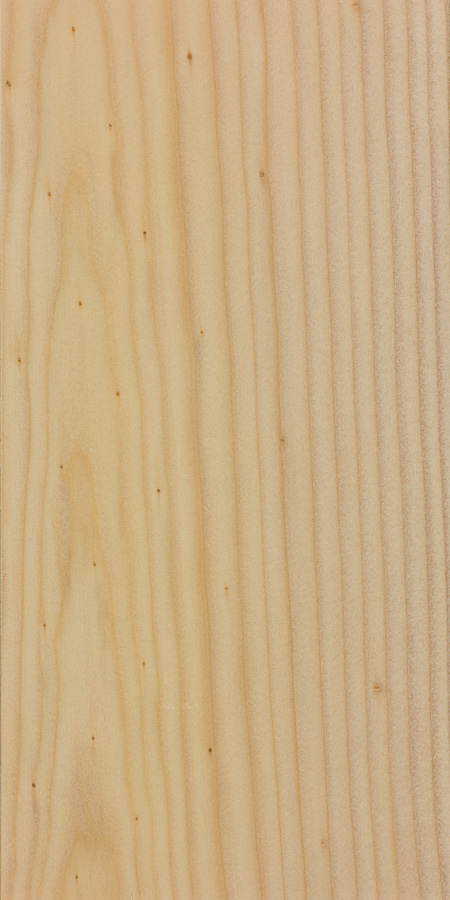
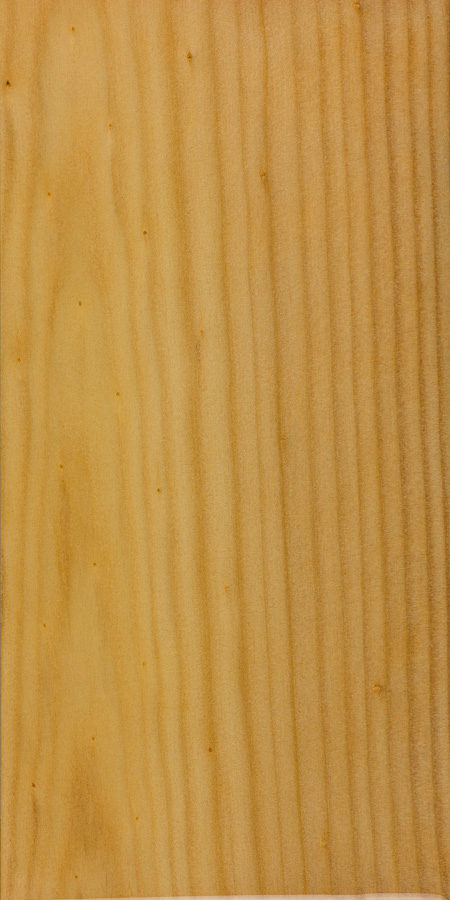
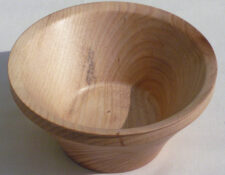
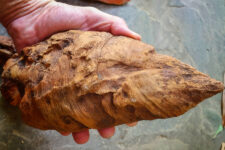
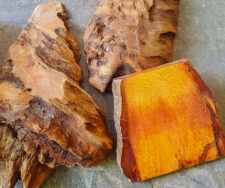
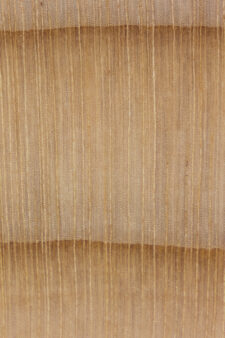

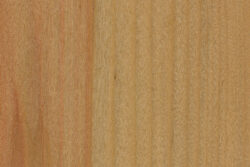
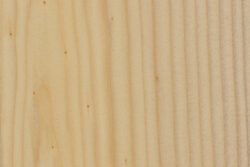
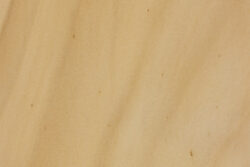
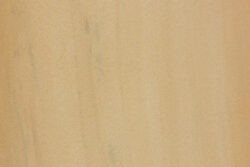






I was looking at a monkey puzzle type tre the other day and pricked my finger on it, it was like being pricked by a syringe, I have now developed a small white lump on my finger which is very soar should I be concerned.
Hi, we have a part trunk of monkey puzzle timber that was downed in a storm and is about 10ins dia.
How will this wood burn please on an open fire? I note it is conifer so will probably need a long seasoning period. Thanks.
Do you need to season it before starting a project
Monkey puzzle when turned has amazing patterns with the knots from the branches producing this spectacular result. This 20″ diameter bowl came from a tree downed by the winter storms in the UK of 2013/14
Very nice! Almost reminds me of Norfolk Island Pine, a closely related species.
omg thats such a hot bowl
Recently cut monkey puzzle tree.
As I have seen, the common name of the species may be derived from the actual appearance of the bark, which tends to peel off leaving patches of vibrant color. In fact these trees are prominently featured in the forest scenes of the Disney classic Bambi.
I know this from having seen groves of these trees in their natural habitat, in southeastern Argentina.
By the way, your website is a treasure.
I’d like to see a picture of this wood so I won’t buy anything made of it.
Sorry, I don’t have any samples of this wood, but it honestly looks very similar to pine, and I doubt anybody would be able to tell the difference at a causal glance of finished product. Monkey Puzzle is one of those trees where, yes, it’s endangered in its natural habitat, but it’s been planted and cultivated all over the globe, that you could legitimately come across a Monkey Puzzle tree in someone’s back yard. I personally feel that in those situations, there’d be no problem cutting it down and using it for lumber. Take Radiata Pine for example: it’s classified… Read more »